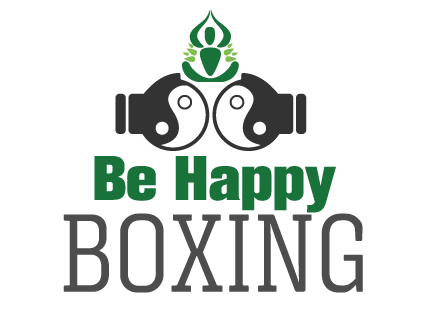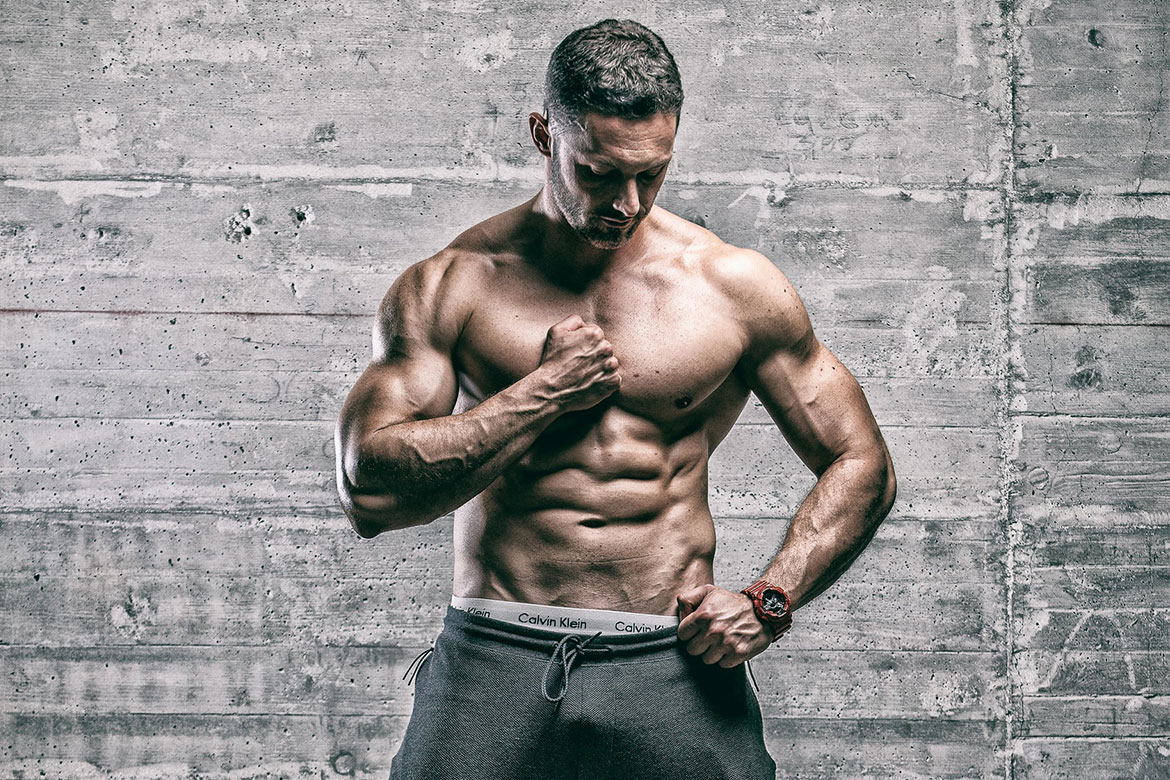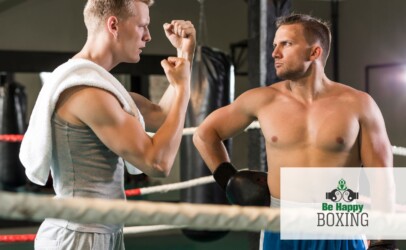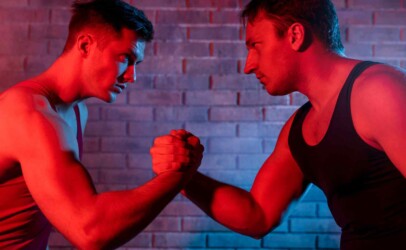Do you know what are the most important muscles for fighting? If you are practicing boxing regularly and want to improve your skills you will want to know what the most important muscle groups for fighting are. However, you should still try to focus on a complete workout.
According to Expert Boxing, training a muscle is an advantage compared to not training it at all but the problem is that no one has time to work out every muscle in their body and perhaps focusing on every single little muscle will not even bring any major advantages in boxing. But, what are the most important muscles for fighting? Which ones should you focus on the most?
However, you should know that in boxing, aspects such as balance, power and movement come from the lower part of the body. We have explained this before and in our post about how to punch harder, you will be able to read more about where punching power comes from. As for accuracy, defense and landing punches correctly, the upper body is in charge.
Nonetheless, it is important for you as a boxer to understand which are the most important muscles in a fight and how they are used so you can train them to best fit that purpose. You are a smart boxer if you learn how to give priority to certain muscles over others.
Leg muscles
The muscles in your legs will give you power, more specifically the quads and calf muscles. In boxing, power comes from the ground and travels all the way through the hips, back, shoulders and arms. Your legs take power from the ground up and they are responsible for pushing off the ground to generate power. In addition, the largest muscles in your body are in your legs, which is why when you want to generate punching power, you pivot and rotate them in the direction you want.
In fact, the best boxers in the world do not have large arms or gib chests but they will have great legs. So, if you want to deliver powerful punches and be better at boxing, you need to work out your legs. What types of exercises can you do? Boxing Insider recommends these:
- Deadlifts: These will strengthen and lengthen your hamstrings which provide protection to your knees.
- Squats: You can do these with or without weights and also in a boxing stance position.
- Jumping rope: It is very common for boxers to jump rope as part of their training in boxing. This gives strength to the calf muscles and also builds leg endurance.
- Plyometrics: These are great exercises that require the muscles to use maximum force at short intervals. The goal is increasing power.
Hip muscles
Your hips hold your lower body and legs together and also help generate a large amount of power by pivoting the entire body whenever you need it. They also help with your balance and the stronger your hips, the better your balance control. You should know that balance determines the effectiveness and efficiency of your offense, defense movement and your entire fighting ability.
Box N Burn Academy says “Building strength in the hips starts with the glutes (Gluteus Maximus, Gluteus Medius, and Gluteus Minimus), quadriceps (Vastus lateralis, Vastus medialis, and rectus femoris) and hip flexors (Iliopsoas and Sartorius).” You can check their website for great suggestions about exercises that will strengthen your hips.
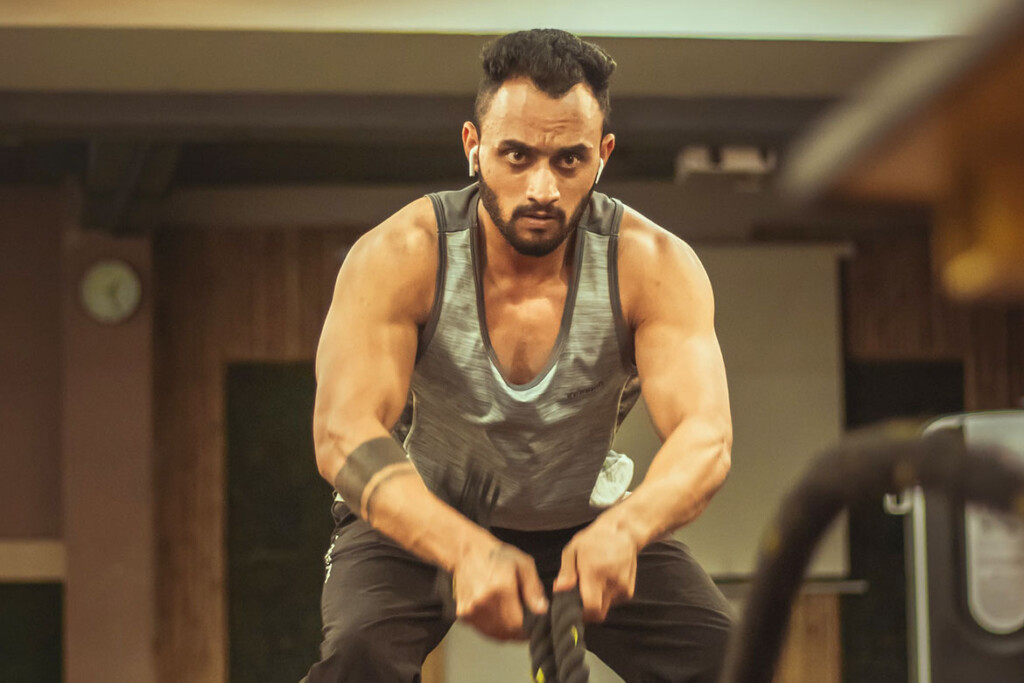
Abs
Your abdominal muscles are also some of the most important muscles for fighting. They help keep your body together and also to combine the force that every limb generates when boxing into one force. In other words, they help create power from your limbs to your punches.
If you want better abs and eventually a six-pack, you need to, of course, do ab repetitions. You can find great ideas for ab workouts on Pinterest.
Back muscles
As we told you above, another important group of muscles in boxing are the back muscles. They carry energy from the ground, hips and send it to the shoulder and arms for great and powerful punches. The muscles on your back act as a total body core muscle by holding your body together and combining the power from all of your limbs.
Additionally, the back muscles help in punch recovery and many boxers don’t know this. Therefore, if you don’t exercise these muscles you will not have strong recovery muscles and your arms will tire quickly.
Some exercises for your back muscles are:
- One-arm dumbbell row
- Wide grip lat pulldown
- Barbell deadlift
- Bent over two-dumbbell row with palms in
- Seated cable rows
Shoulder and arm muscles
The shoulder muscles give you punch endurance and by training them you will ensure that your arms don’t get tired fast if you have to hold them up for large amounts of time, such as when you are fighting or training in boxing.
As for the arms, they are all about delivery, or connecting punches. The arms are not responsible for generating power and they need to be as fast as possible. Speed is possible thanks to the triceps. Snap and also speed are thanks to the biceps so keep your arms lean so you can deliver fast and accurate punches, don’t make them bulky.
Chest muscles
These are your upper body core muscles and they connect your shoulders, arms and lats to give a unified force. Therefore, chest muscles are also important in boxing, but of course not as important as the legs, hips and back.
There are also other small muscles that are important for boxers, such as the neck muscles which are for punch resistance, and the forearm muscles for tightening the fist harder.
We hope you find this information useful and tell us in the comments below which muscles do you train in boxing. Which ones do you focus the most on? Do you have any training tips for boxers? Don’t forget to share this post if you liked reading it!
